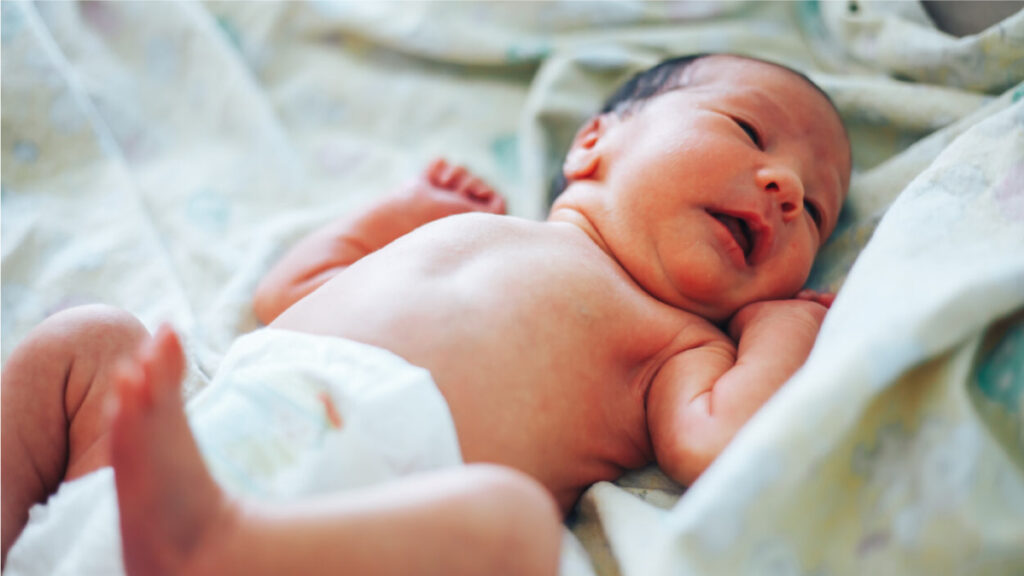Jaundice is a common condition in which a baby’s eyes and skin look yellowish. It is usually harmless, and about 60% of babies have it. Jaundice occurs when there is too much build-up of bilirubin (a biochemical substance that red blood cells release during the breakdown process) in the blood. This condition can go away independently, or a doctor may suggest light therapy or other treatments to knock it out.
Jaundice occurs when a person’s red blood cells break down daily to create bilirubin in the blood. The liver works to sieve bilirubin from the bloodstream, but when the baby is still in the womb, the mother’s liver clears the bilirubin. After birth, the baby’s liver will take over. Despite that, the newborn’s liver may not break down bilirubin as rapidly as the body makes it, and then it accumulates. Since bilirubin is yellowish, it turns the baby’s eyes and skin yellow. Babies that have higher chances of acquiring jaundice are those;
- Born to a mother with Rh-negative or type O blood
- Born before 37 weeks
- Younger sibling of a child who had jaundice
- Of Mediterranean or East Asian descent
- Having trouble bottle feeding or breastfeeding
Typically, jaundice will manifest up to 2 or 3 days after your baby is born, but then it goes away within the first few weeks.
The Signs
The revealing sign of jaundice is yellow in the whites of your baby’s eyes and skin. Jaundice usually starts on the face, and once the bilirubin levels in the blood become elevated, the yellow colour moves to the stomach, chest, and arms and legs. Jaundice can be very severe and may require an emergency, so you should speak to a doctor immediately if you notice that;
- Your baby is stiff or limp with their back curved
- Your baby is making a high-pitched cry or won’t stop crying
- Your baby’s eyes are moving in a strange way
- your baby’s diapers are not wet or are not eating
- Your baby is hard to wake up

